Peru Cities 7 You Need to Visit at Least Once
Last updated on May 24th, 2025 at 05:48 pm
So there I was, sitting on a rickety wooden bench outside a tiny café in Arequipa, one of the most unforgettable Peru cities, at 6 AM, nursing what had to be my fifth cup of coffee because I couldn’t sleep thanks to the altitude. This old guy named Roberto shuffles over and just plops down next to me. Doesn’t speak a word of English, I barely know ten Spanish words, but somehow we end up having this incredible conversation using hand gestures, pointing at things, and drawing pictures in the dirt with sticks.
Two hours later, I’m following him through backstreets to his daughter’s restaurant where she makes the most ridiculous rocoto relleno I’ve ever tasted. Roberto refused to let me pay, his daughter packed me extra food for the road, and I’m sitting there thinking: this stuff just doesn’t happen in regular tourist destinations.
That was four years ago, and I still think about Roberto every time someone asks me about Peru. This country has this weird ability to strip away all your preconceptions about how travel is supposed to work. You show up thinking you know what to expect, and Peru just laughs and throws curveballs at you until you surrender to the chaos.
I’ve dragged my backpack through 52 countries now, and Peru still messes with my head more than anywhere else. These aren’t just cities you visit and check off some list. They’re places that grab you by the shoulders, shake you around a bit, and send you home as a slightly different person.
Trust me, I’m not being dramatic here. Peru literally changed how I think about everything from food to history to what constitutes a good time.
Table of Contents
Why Peru Cities Hit Different Than Everywhere Else
Here’s the deal with Peru – it’s like someone took the best parts of multiple continents and smashed them together in ways that shouldn’t work but absolutely do. You’ve got Amazon jungle that’s more biodiverse than Costa Rica, mountains that make Switzerland look flat, and coastal deserts that rival anything in Morocco.
But here’s what really gets me: Peru hasn’t been completely ruined by mass tourism yet. Yeah, Machu Picchu gets crowded, but you can still find authentic experiences that feel genuine rather than performed for tourists. Local people actually want to talk to you, not just sell you stuff.
The economics work in your favor too. I spent three months backpacking through Peru in 2020 and my total budget was less than what some people spend on a weekend in New York. We’re talking $25 a day including accommodation, food, transportation, and activities. Try doing that in Europe.
Safety-wise, Peru gets a bad rap that’s mostly outdated. Yeah, don’t be stupid about flashing money or walking alone at 2 AM, but I felt perfectly comfortable traveling solo, even in places that guidebooks warned me about. Common sense goes a long way.
Over the last ten years, the infrastructure has also significantly improved. Decent buses, reliable flights between major cities, and internet that actually works most of the time. It’s not Southeast Asia cheap, but it’s not European expensive either.
The 7 Peru Cities That Completely Scrambled My Worldview
Cusco – The City That Teaches You Time Is Relative
Cusco exists at 11,150 feet above sea level, which means your first day involves a lot of sitting down, breathing heavily, and questioning your life choices. But stick it out, because this place will rewire how you think about human achievement.
Picture walking down streets where every building sits on foundations laid by people who didn’t have wheels, metal tools, or written language as we know it. Yet somehow they cut massive stones so precisely that you can’t slide a knife blade between them 500 years later. Meanwhile, I can barely hang a picture frame straight.
The San Pedro Market became my daily hangout spot. Not because of any guidebook recommendation, but because it’s pure sensory overload in the best way. Women in traditional bowler hats selling fruits I’d never seen before, guys hawking everything from cell phone chargers to dried llama fetuses (for good luck, apparently), and food stalls serving mysterious soups that smell incredible but look terrifying.
Cusco experiences that blew my mind:
- Getting lost in the San Blas artisan quarter for hours
- Sacred Valley day trips to villages where Quechua is the primary language
- The walls of the Qorikancha temple that were formerly coated in gold sheets
- Late-night conversations with other travelers in hostels around Plaza de Armas
Real talk about altitude: The elevation will humble you quickly. I’m in decent shape, but walking uphill in Cusco left me gasping like I’d just sprinted a mile. Show up two days before you plan any serious activities. Coca tea actually helps, despite what skeptics say.
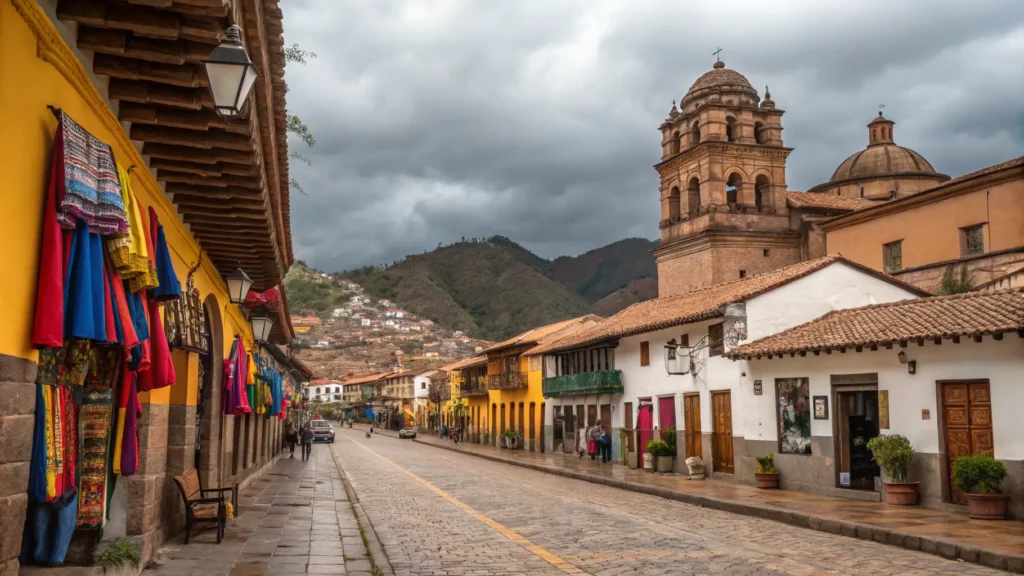

Peak season (May-September) brings perfect weather but also tour groups everywhere. I preferred the shoulder months – April had great weather with half the crowds.
Lima – The Food Scene That Ruined Me for Regular Restaurants
Before Peru, I thought I knew what good food was. Lima proved me completely wrong and ruined my ability to enjoy mediocre restaurants ever again.
This isn’t just about ceviche, though the ceviche here will spoil you forever. Lima has quietly become one of the world’s great food cities through this incredible fusion of indigenous ingredients, Spanish colonial influences, Japanese immigration, and Chinese workers who brought their techniques. The result is food that doesn’t exist anywhere else on the planet.
I ate at hole-in-the-wall places where the menu was handwritten on cardboard and the meals cost three dollars but tasted better than restaurants I’d paid fifty bucks for in other countries. Street vendors in Miraflores serve anticuchos (grilled beef heart skewers) that converted me into an organ meat enthusiast overnight.
Lima food experiences that changed my life:
- Three-hour food tours through local markets and family restaurants
- Nikkei restaurants blending Japanese technique with Peruvian ingredients
- Barranco district bars serving pisco sours made with actual craft and passion
- Getting invited to a local family’s Sunday dinner (long story, but it happened)
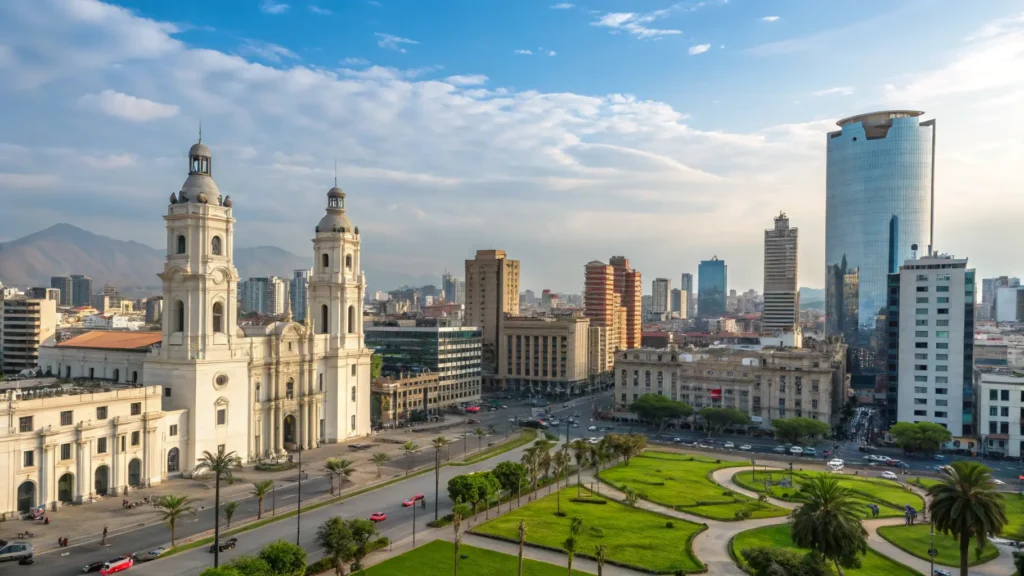

Getting around Lima: The traffic is absolutely insane, but Uber works perfectly and costs almost nothing. Stick to the nicer neighborhoods like Miraflores and Barranco unless you’re feeling adventurous. The historical center is fascinating but requires more street smarts.
Arequipa – The Volcano City That Glows Like Magic
Arequipa gets skipped by most tourists rushing between Lima and Cusco, which is exactly why you should go. Built entirely from white volcanic stone called sillar, the whole city has this ethereal quality that’s especially stunning during golden hour.
The Santa Catalina Monastery is like stepping into a medieval fantasy novel. For 400 years, this was a city within a city where wealthy families sent their daughters to live as nuns in complete isolation. The architecture, the hidden courtyards, the narrow streets – it’s perfectly preserved and absolutely fascinating.
But Arequipa’s real draw is Colca Canyon, which makes the Grand Canyon look like a practice run. Standing on the rim watching massive condors soar overhead while surrounded by terraced agricultural fields that have been continuously farmed for over a thousand years – yeah, that’s a moment that sticks with you.
Arequipa highlights that surprised me:
- Local picanterías serving traditional food that most tourists never discover
- Volcano viewpoints accessible by local bus for almost nothing
- Traditional neighborhoods where life moves at a completely different pace
- Two-day Colca Canyon trips with homestays in tiny villages


The altitude here (7,650 feet) is noticeable but manageable. You’ll feel slightly winded but nothing like Cusco’s knockout punch. Perfect weather year-round doesn’t hurt either.
Trujillo – Ancient Civilizations That Rewrite History Books
Trujillo doesn’t make most people’s Peru itineraries, probably because it’s not connected to Machu Picchu. Big mistake, because this northern coastal city sits on archaeological sites that rival anything Egypt has to offer.
Chan Chan blew my mind completely. The largest adobe city ever built, created by the Chimú civilization over 1,000 years ago. Walking through these massive mud-brick structures, you realize how much world history we simply don’t learn about. These people built hydraulic systems, created intricate art, and developed complex societies while Europe was struggling through the Dark Ages.
The Huacas del Sol y de la Luna showcase Moche culture through artwork so detailed and vivid it looks contemporary. The guide explained battle scenes, creation myths, and daily life through murals that have survived 1,500 years of desert weather.
Trujillo experiences that expanded my worldview:
- Chan Chan archaeological site with guides who actually know the history
- Huanchaco beach watching fishermen use traditional reed boats unchanged for centuries
- El Brujo complex where they’ve made incredible recent discoveries
- Colonial downtown that feels authentically Spanish rather than tourist-focused
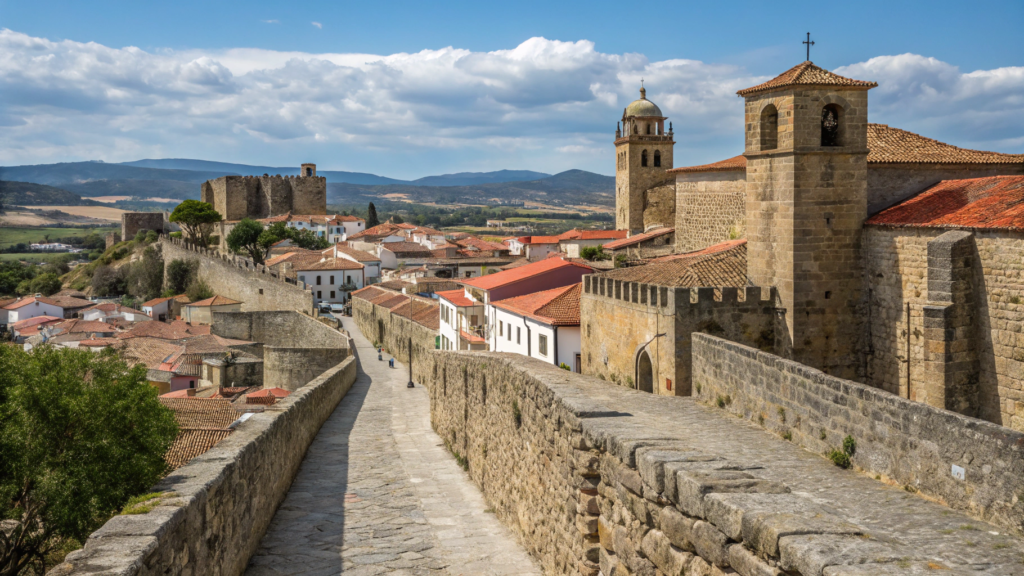

The weather here is absolutely perfect – warm days, cool nights, ocean breezes. Like California but with better food and mind-blowing ancient ruins everywhere.
Iquitos – The Jungle City That Feels Like Science Fiction
Getting to Iquitos requires commitment – there are literally no roads connecting it to the outside world. You fly over endless green forest or take a boat up the Amazon River for several days. That isolation creates something magical.
The floating markets in Belén are like nothing else on earth. Entire neighborhoods that rise and fall with river levels, vendors selling exotic fruits from dugout canoes, houses on stilts connected by wooden walkways that creak and sway with every step. It’s chaotic, colorful, and completely captivating.
But honestly, Iquitos is just your launching pad into the Amazon rainforest. Three days deep in the jungle taught me more about biodiversity, indigenous culture, and my own assumptions about civilization than any university course ever could.
Amazon experiences that changed my perspective:
- Night expeditions where every sound is something you’ve never heard before
- Swimming with pink dolphins that are somehow both real and magical
- Learning about medicinal plants from indigenous guides who inherited knowledge going back centuries
- Realizing how little we actually know about the natural world
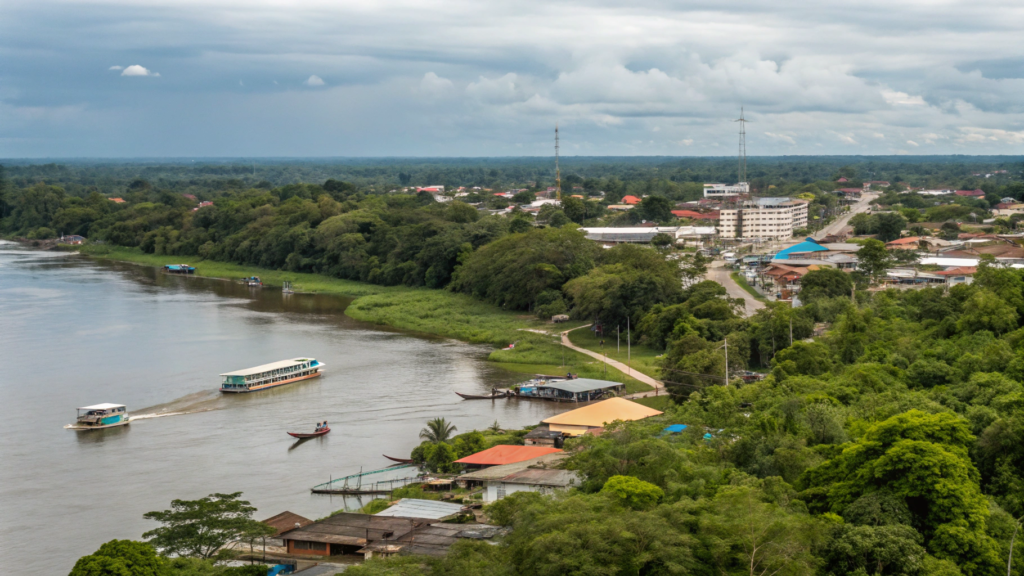

Jungle preparation reality check: Get yellow fever vaccination at least three weeks before traveling. Pack everything in waterproof bags. Bring industrial-strength bug spray and accept that you’ll still get eaten alive. The mosquitoes here are professional-level aggressive.
Huacachina – The Desert Oasis That Breaks Instagram
Huacachina looks so surreal that your first instinct is checking if someone photoshopped the landscape. A small lagoon surrounded by sand dunes that rise hundreds of feet into perfect blue sky – it’s like stumbling into a fantasy movie.
The sandboarding here is addictive and humbling. Yes, it’s harder than snowboarding. Yes, you’ll face-plant spectacularly. Yes, you’ll get sand in places sand shouldn’t go. But racing down a massive dune at sunset with nothing around you but golden sand stretching to the horizon creates this pure joy that’s hard to explain.
Dune buggy rides are pure adrenaline therapy. Picture a roller coaster designed by someone who thinks safety regulations are suggestions. Flying over sand dunes at speeds that feel unsafe while your driver grins maniacally – it’s terrifying and exhilarating simultaneously.
Huacachina highlights that exceeded expectations:
- Sunrise from the highest dune (requires a 5 AM wake-up but worth every yawn)
- Swimming in the lagoon after hours of desert heat
- Stargazing with zero light pollution (the Milky Way is incredible)
- Meeting other travelers who all have the same “I can’t believe this place exists” expression


You can day-trip from Lima, but staying overnight means experiencing both sunset and sunrise over the dunes, which are genuinely magical moments.
Puno – Lake Titicaca’s Cultural Deep End
Puno sits at 12,500 feet above sea level, which means your first day involves moving very slowly and drinking lots of coca tea. The altitude here is serious business – I got winded walking up gentle inclines.
But Lake Titicaca offers cultural experiences that don’t exist anywhere else. The Uros floating islands sound touristy until you understand the engineering involved. Entire communities living on islands made from totora reeds that they constantly rebuild and maintain. It’s been their way of life for over 500 years.
Taquile Island provides deeper cultural immersion. The men here knit intricate patterns that tell family histories, while women work looms creating textiles so complex they’re UNESCO-protected. Staying overnight with local families gives you insights into Andean life that guidebooks can’t capture.
Puno cultural experiences that shifted my perspective:
- Learning traditional weaving techniques that require months to master
- Participating in community work projects alongside local families
- Understanding how altitude affects everything from cooking to sleeping
- Realizing how much indigenous knowledge gets overlooked by mainstream tourism
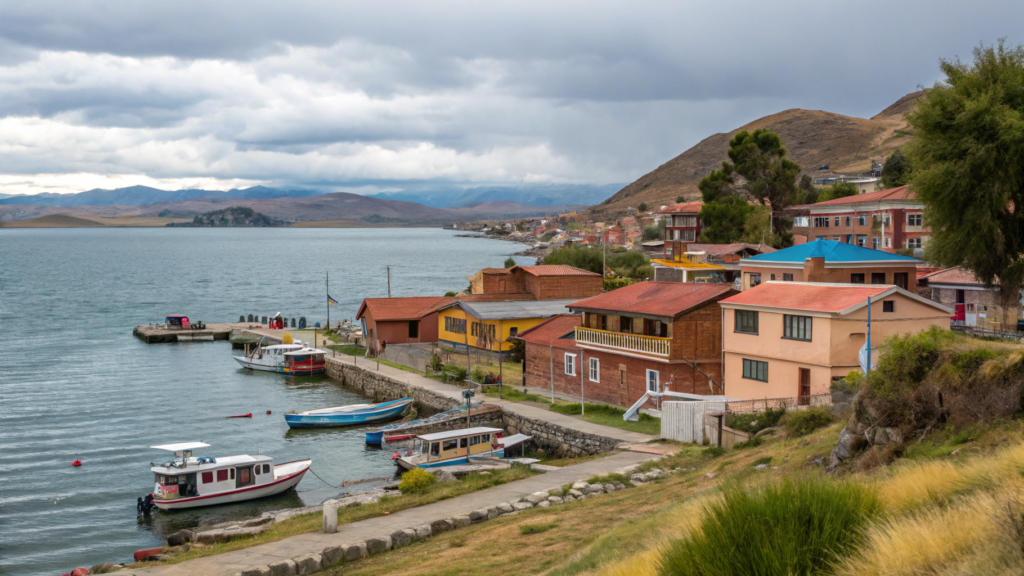

Altitude warning: Puno’s elevation will hit you hard if you’re not prepared. I arrived from sea level and spent two days feeling like I had a hangover without the fun part. Come from Cusco or Arequipa to acclimatize gradually.
Putting Together Your Peru Cities Adventure
After three separate trips totaling five months in Peru, I’ve learned some hard lessons about planning multi-city adventures that I wish someone had told me earlier.
Timing matters more than you think: Dry season (May-September) is perfect for mountains and hiking but brings crowds and higher prices. Rainy season (November-March) is actually ideal for coast and jungle adventures. I preferred shoulder seasons – April and October offer great weather with fewer tour groups.
Transportation strategy: Domestic flights in Peru are cheap and save enormous amounts of time. Overnight buses are comfortable and safe but eat up valuable days. For distances over 8 hours, flying is worth the extra cost. Local buses for shorter trips offer incredible scenery and cultural interactions.
Budget reality: I averaged $30 per day including everything – accommodation, food, transportation, activities. You can do it cheaper with hostels and street food, or spend $60-80 for more comfort. Food costs are ridiculously low – incredible meals for $4-6.
Altitude planning: If you’re doing multiple high-altitude cities, plan your route to acclimatize gradually. Lima (sea level) to Arequipa (7,650 feet) to Cusco (11,150 feet) to Puno (12,500 feet) works much better than jumping straight to the highest elevations.
Making Your Peru Trip Actually Life-Changing
Here’s what five months in Peru taught me about travel: the magic happens when you stop trying to control everything and start saying yes to unexpected opportunities.
Learn basic Spanish before you go. Even terrible pronunciation shows respect and opens doors. Peruvians are incredibly patient with language learners and appreciate the effort.
Say yes to invitations from locals. Some of my best Peru memories involve getting invited to family dinners, local festivals, or neighborhood celebrations that I stumbled into accidentally.
Slow down and embrace inefficiency. Buses break down, flights get delayed, plans change constantly. Fighting it creates stress. Accepting it opens up unexpected adventures.
Try foods that scare you. I became an organ meat enthusiast, developed a passion for purple corn drinks, and learned to love guinea pig (it tastes like rabbit, if you’re wondering).
Most importantly, spend time in places without agendas. Sit in plazas watching daily life unfold. Get lost in markets. Have conversations with people who’ll share stories you never expected to hear.
Your Peru Adventure Is Calling
These seven Peru cities didn’t just show me beautiful places – they completely rewired how I think about travel, culture, food, history, and what constitutes a meaningful experience. From sharing meals with families on floating islands to watching condors soar over impossible canyons, every day brought moments that expanded my understanding of what’s possible in this world.
Peru won’t just give you great photos for social media – it’ll challenge every assumption you have about how life can be lived. The people you’ll meet, the flavors you’ll discover, and the moments that take your breath away will stick with you long after you’ve returned to your regular routine.
Stop making excuses and start planning that Peru trip. Book the flight, request the vacation days, and prepare for an adventure that’ll mess with your head in all the right ways.
Which of these Peru cities is speaking to you? Have you been to any of them already? Drop a comment and tell me about your Peru dreams or disasters I love hearing other people’s stories!

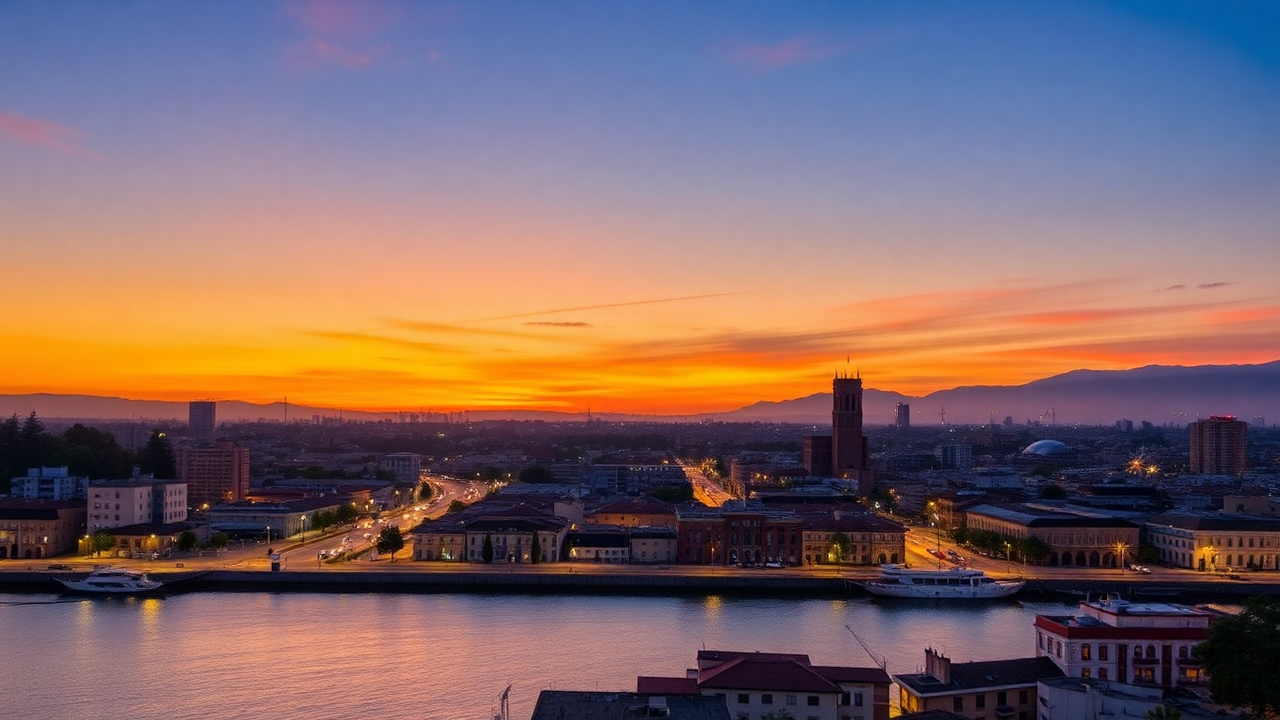
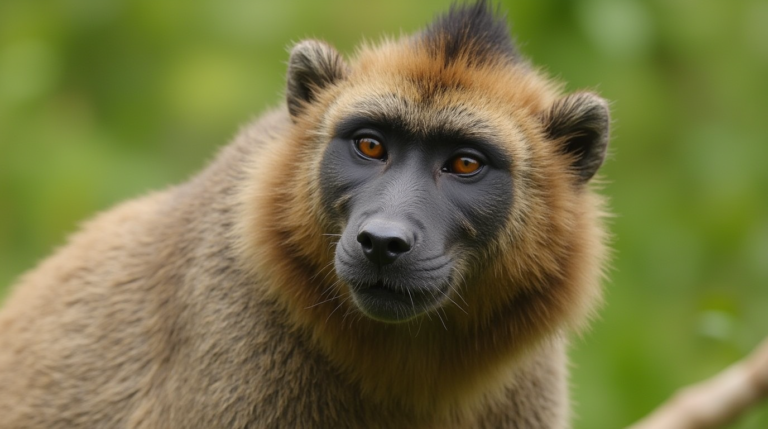
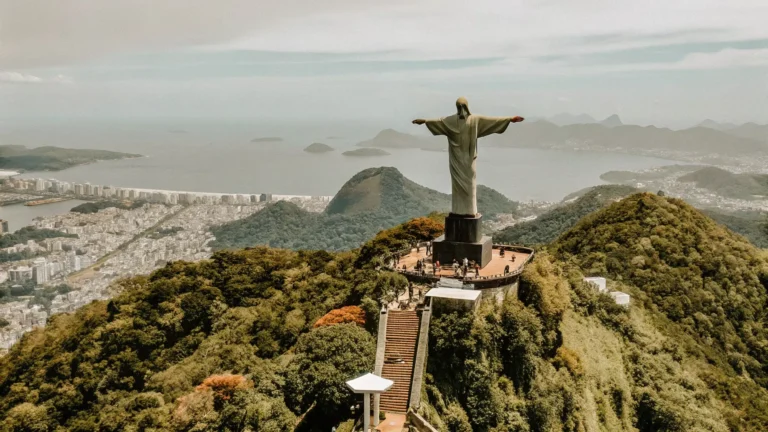
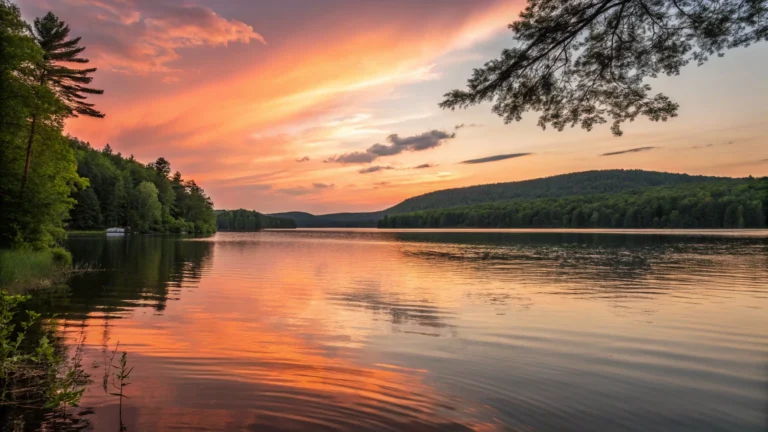

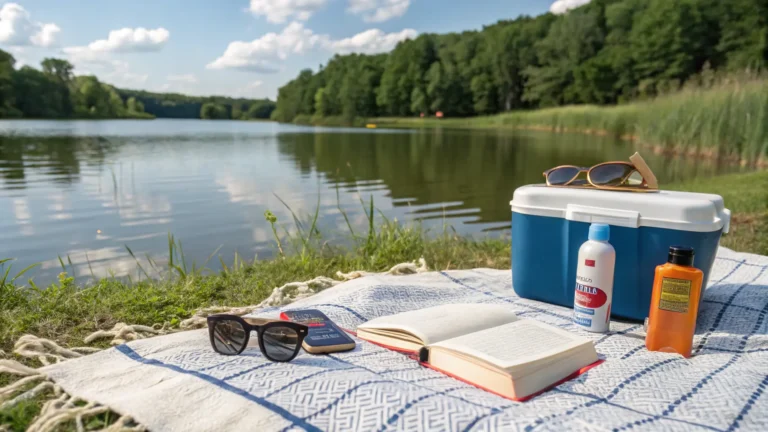
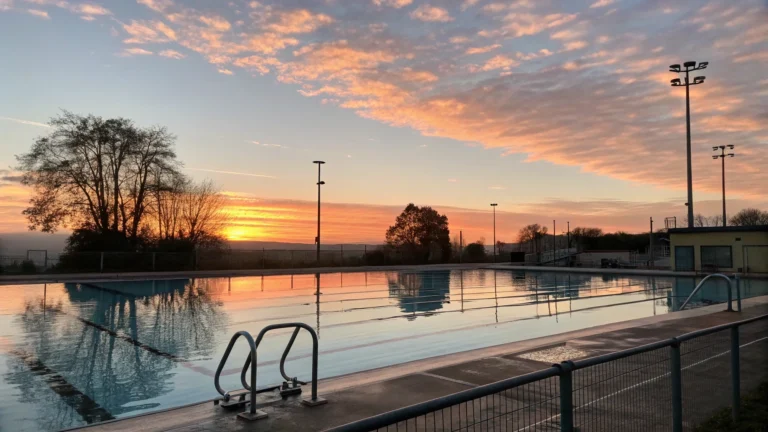
One Comment